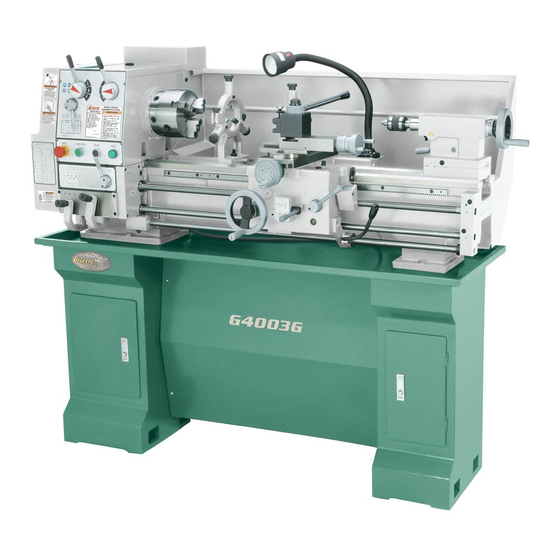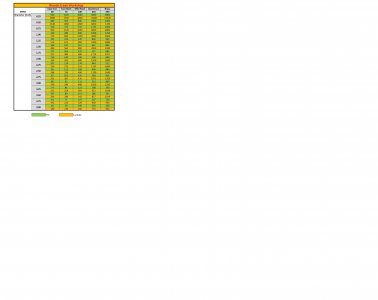So How does one determine SFPM using the chart on the side of the lathe ?

 www.manualslib.com
A guy on Youtube sent me this chart also.
www.manualslib.com
A guy on Youtube sent me this chart also.

How are the 2 combined to tell ya where to put the gear box handles

Gearbox Levers; Feed Rate Chart - Grizzly g4003g Owner's Manual [Page 31]
Grizzly g4003g Manual Online: gearbox levers, Feed Rate Chart. Notice Never Move Levers While The Lathe Is Run- Ning, And Never Force Any Lever When Shift- Ing. If The Lever Will Not Engage, Rotate The Chuck By Hand While Keeping Light Pressure On The Lever. As The Chuck Rotates It...

How are the 2 combined to tell ya where to put the gear box handles



